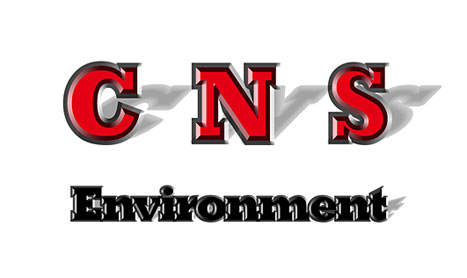ANNAPOLIS – Maryland lawmakers are preparing to resume debate on one of Gov. Martin O’Malley’s major green initiatives, an offshore wind energy bill that stalled during the last legislative session amid concerns about the cost to utility companies and their customers.
The bill would have subsidized the construction of between 80 and 200 wind turbines 12 miles off the coast of Ocean City by obligating the state’s four investor-owned utilities — Baltimore Gas and Electric Co., Allegheny Power, Delmarva Power and Pepco — to buy offshore wind energy for 25 years.
As a potential alternative, Maryland officials have studied the approach adopted in New Jersey, which will meet its renewable energy mandate through “offshore wind renewable energy certificates,” paid for by utilities and awarded to offshore wind farms for the electricity they produce. This approach is similar to the incentive system Maryland has in place for solar energy.
“I’m pretty sure the decision hasn’t been made yet, but that model certainly has some appeal to people, partly because … it’s a little less prescriptive. It doesn’t say that the energy companies must enter into these long-term contracts,” said Delegate Tom Hucker, D-Montgomery, who was the offshore wind bill’s lead sponsor in the House of Delegates.
Hucker said the New Jersey model could also be more attractive to Republicans in the state legislature.
“It’s been championed by a Republican governor in New Jersey close by, so you know, we hope it will have some bipartisan appeal if we do go that direction,” he said.
Sen. Paul Pinsky, D-Prince George’s, who was the bill’s lead sponsor in the Senate this year, said the New Jersey model has “moved more to center stage” in discussions, but added the legislation is “clearly not set in stone.”
Whatever the eventual approach, proponents of the legislation argue the wind off the Atlantic Coast is an untapped, clean energy resource that can reduce reliance on coal, create jobs and bring long-term stability to electricity prices. Offshore wind farms have been planned in New Jersey, Massachusetts, Rhode Island and Delaware, though none have commenced.
Ross Tyler, a project director at the nonprofit advocacy organization Clean Energy Group, said offshore wind development could bring jobs to many different sectors in Maryland.
“These turbine towers will require ladders. There’s lighting equipment, there’s welding needed, there’s specialized diving that’s needed. So there’s a whole range of different skills and different industry sectors that will be required for offshore wind,” Tyler said.
For O’Malley, offshore wind is a critical component of his goal for Maryland to have 20 percent of its electricity supply come from in-state renewable sources by 2022. Such sources currently account for less than 7 percent of electricity supply.
But offshore wind farms are expensive to finance and develop, and many people are concerned that the costs might overburden ratepayers.
“What’s important to me is that we do it right,” said State Sen. Catherine Pugh, D-Baltimore, while speaking Nov. 30 at a town hall forum organized by the Marylanders for Offshore Wind Coalition in Baltimore.
“One of the things I asked a year and a half ago is that we would go out and educate the community in terms of not only what this means, but what the cost would be to all of us, recognizing that 25 percent of the population of this city, for example, lives below poverty,” Pugh said.
The bill stalled in both the House and Senate last session after the state estimated the cost to consumers could be up to $8.70 a month, and despite a late amendment to cap the rate increase to $2 a month. Legislators decided to hold the bill for study in the Senate Finance Committee.
Among other questions, the state is studying whether the New Jersey model would have less of an impact on ratepayers, Hucker said.
“It’s a competitive process where the utilities would be able to buy offshore wind energy from wherever, so in that way it’s a little less prescriptive and hopefully will let the market pressure drive the cost down as much as possible,” he said.
But changing the bill’s mechanism may not be enough to ease energy consumers’ concerns about the possible increases in electricity costs.
“Unless there’s a fairly significant change in the way that it’s structured, I would still expect it’s something that would raise rates,” said Todd Chason, counsel for Maryland Energy Group, which is made up of large energy users such as hospitals, universities and manufacturers.
Maryland Energy Group filed a statement against the bill when it was last being debated. The Maryland Chamber of Commerce, Maryland Conservation Council and Maryland Farm Bureau were also opposed.

